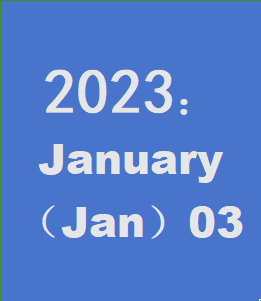Technical analysis of radar level gauge: The key of real-time liquid level monitoring
—— Technical analysis of radar level gauge: The key of real-time liquid level monitoring--baoji transd
[ 信息发布:本站 | 时间:2024-03-19 | 浏览:561 ]

Radar level gauge technology plays a critical role in real-time liquid level monitoring. Let's delve into the key aspects in detail:
-
Working Principle:
- Radar level gauges operate by emitting electromagnetic waves, typically microwaves, and analyzing their reflections to determine the liquid level.
- The gauge calculates the level by measuring the time taken for the emitted waves to reflect back from the liquid surface.
- Accurate time measurement and advanced signal processing algorithms are essential for achieving real-time monitoring.
-
Signal Processing:
- Reflection signals received by radar level gauges often contain noise and interference, requiring sophisticated signal processing techniques.
- Digital signal processing helps filter out noise, compensate for interference, and deliver precise level measurements.
- Efficient algorithms ensure real-time responsiveness and accuracy, crucial for reliable monitoring.
-
Antenna Design:
- The design of the antenna significantly impacts signal transmission and reception efficiency, affecting gauge accuracy and stability.
- Optimal antenna design enhances signal penetration and reception sensitivity, catering to various liquid and container measurement requirements.
-
Operating Frequency:
- The operating frequency of radar waves influences their propagation characteristics in different mediums.
- Choosing the right frequency mitigates issues like surface reflection and multipath effects, improving measurement accuracy and stability.
-
Installation Position:
- Precision in measurement depends largely on selecting the appropriate installation position.
- It's vital to avoid obstructions, sources of interference, and turbulent areas to ensure accurate and reliable level monitoring.
-
Environmental Adaptability:
- Radar level gauges must adapt to diverse environmental conditions, including temperature, pressure, and medium properties.
- Given the often challenging industrial settings, the durability and stability of radar gauges are crucial for consistent performance.
In summary, radar level gauges rely on advanced signal processing, optimal antenna design, suitable operating frequency, precise installation positioning, and environmental adaptability for real-time liquid level monitoring. Their effective integration ensures accurate and reliable monitoring, vital for various industrial applications.
Shaanxi Qianyi Tuoda Technology Co., Ltd. www.sxqytd.com Tel:+8618829679311
